Their high vitamin C content is a cure-all during the cold season, while their peel gives flavour to sweets and savoury dishes. The segments are delicious as a snack or squeezed for a healthy drink to start the day off on the right foot. Citrus fruits take centre stage in winter, at least until the end of February: here are some interesting facts about these fruits.
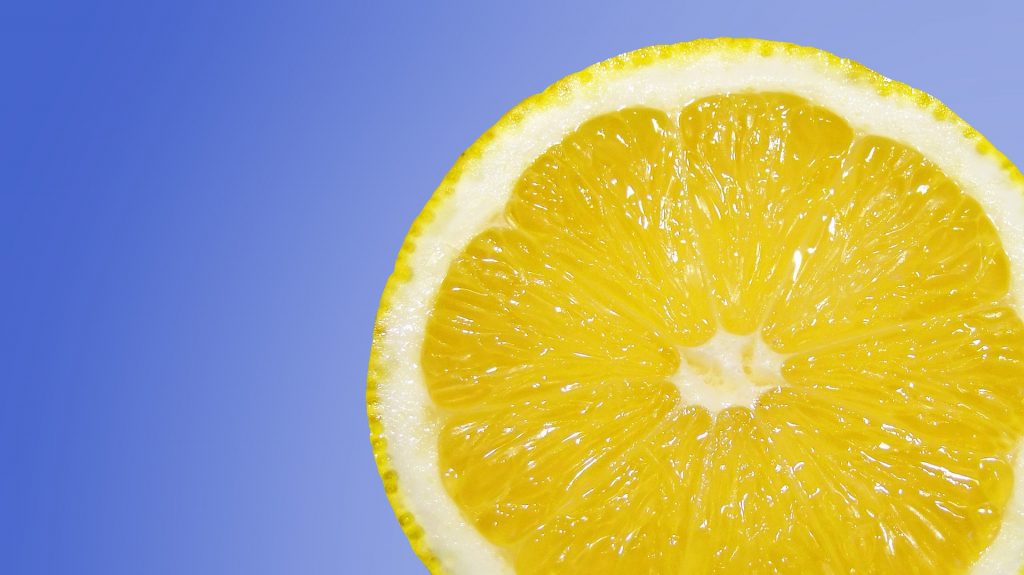
Lemons
They first appeared on European dining tables in the Middle Ages, although they were already appreciated by the Arabs in the year 1000 for their medicinal use. It was from there that they arrived in Sicily, thanks to pilgrims and knights returning from the Crusades in the Holy Land, until they were cultivated in Amalfi, and then in Sorrento, in the Gargano area and in Messina. Today lemons are grown throughout the Mediterranean region and in the temperate and subtropical zones: in Italy it is found mainly in Campania, Calabria, Sicily, Apulia and Liguria. A fragrant citrus fruit with a thousand uses: the peel is essential in many sweet recipes, from shortcrust pastry to custard, as well as for preparing candied citrus peel. The juice is used in marinades, sauces or as a condiment and it is one of the main ingredients in the Italian dessert delizia al limone. Sliced or whole, they are used as an accompaniment to meat and fish or for tasty marmalades. Mainly found in green lemons, the essential oil is also used in cooking to flavour creams and syrups, as well as in perfumery.

Oranges
Fruit of the genus Citrus of the family Rutaceae, oranges originated in south-east Asia but soon spread to the Mediterranean basin, especially to Spain, Italy and later to the south of France, where they found a particularly favourable habitat. In the past, bitter oranges were the most consumed (today they are mainly used in jams), but over the years the sweet oranges have slowly won consumers’ hearts. Excellent for juicing, they can be used in many recipes: the juice can be used to make fresh and tasty marinades, while the segments are used in Sicilian salads with fennel and black olives. The peel is used to make marmalades, jellies and candied fruit, while grated peel can be used for flavouring sweets and savoury dishes. They contain only 34 calories per 100 grams, with 87% water. They are rich in minerals, including potassium, calcium, phosphorus, carotenoids, anthocyanins and falvanones, mainly concentrated in the peel.
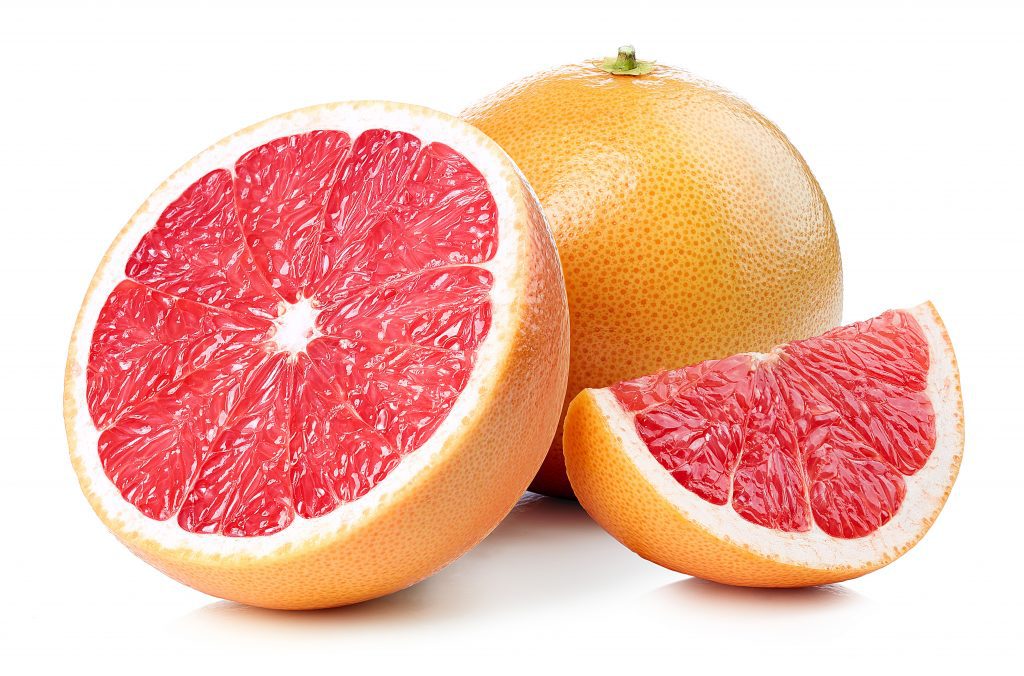
Grapefruits
Juicy flesh, intense aroma and great versatility in the kitchen. These are the advantages of the grapefruit, one of the most bitter citrus fruits that ripens at the beginning of February. One of the most popular and readily available varieties is the pink grapefruit with its thin rind – a major advantage if you want to enjoy it as a snack – and a pleasantly sweet flavour. It boasts many uses in the kitchen: you can make healthy juices or touch-of-honey smoothies with milk, or fresh salads with lettuce, walnuts, Taggiasca olives and feta cheese. Grapefruit juice can also be combined with vegetable stock to make an aromatic risotto: just roast the seeds in a pan and pour in the cooking liquid, until you get a creamy consistency. Round out the dish with freshly ground black pepper, parsley and the grated peel: a great idea to impress your guests (including the intoxicating smell!).
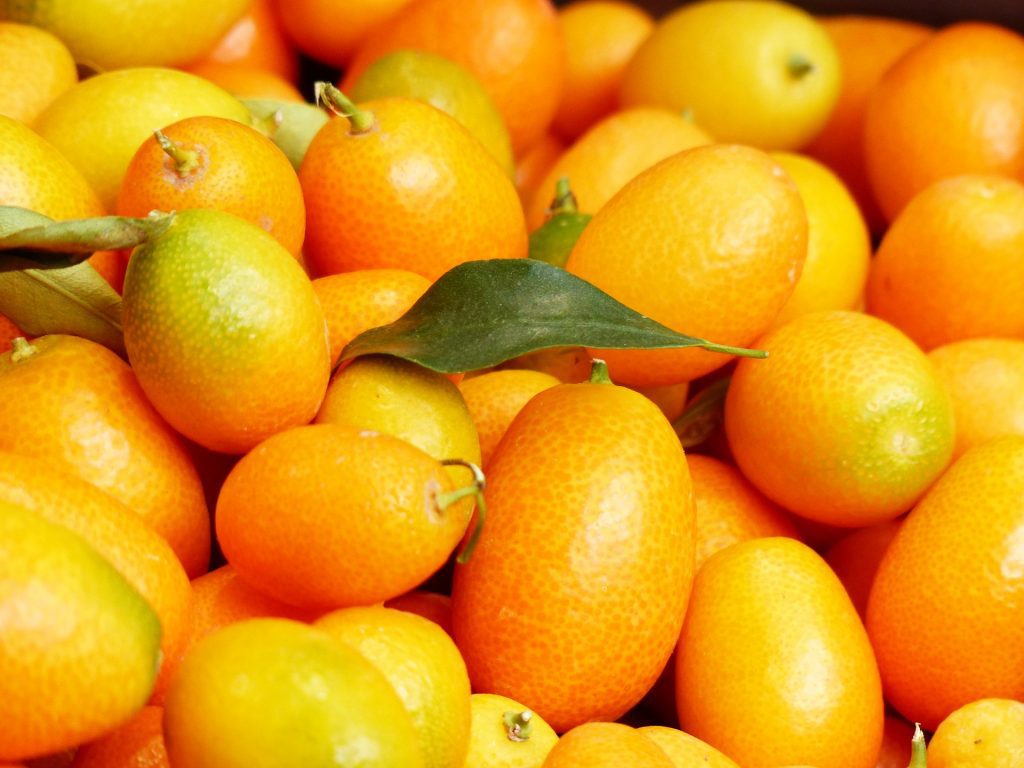
Kumquats
It took them a while to become popular in Italy. And to think that we have often seen them depicted in the Mickey Mouse comic strip with the character Eega Beeva who loved eating them. At the time, however, the word kumquat was oddly translated as ‘naphthalene’, because the citrus fruit was not yet known. And so we grew up believing that Mickey's friend was eating mothballs! Actually, the kumquat fruit resembles a small, oblong orange just 3 cm long, with a coloured skin that turns from yellow to red. Like other citrus fruits, kumquats ripen mainly on the Tyrrhenian coast from Liguria to Sicily from the end of November to the end of February. Also known as the Chinese mandarin, the kumquat belongs to the mandarin orange species of the family Rutaceae. It shares with them Asian origins as well, namely western Asia, since it was introduced to the Mediterranean later by the Arabs. It is mainly used to make delicious marmalades, but also for preparing candied fruit or homemade liqueurs, or eaten as is (the edible rind is very thin).
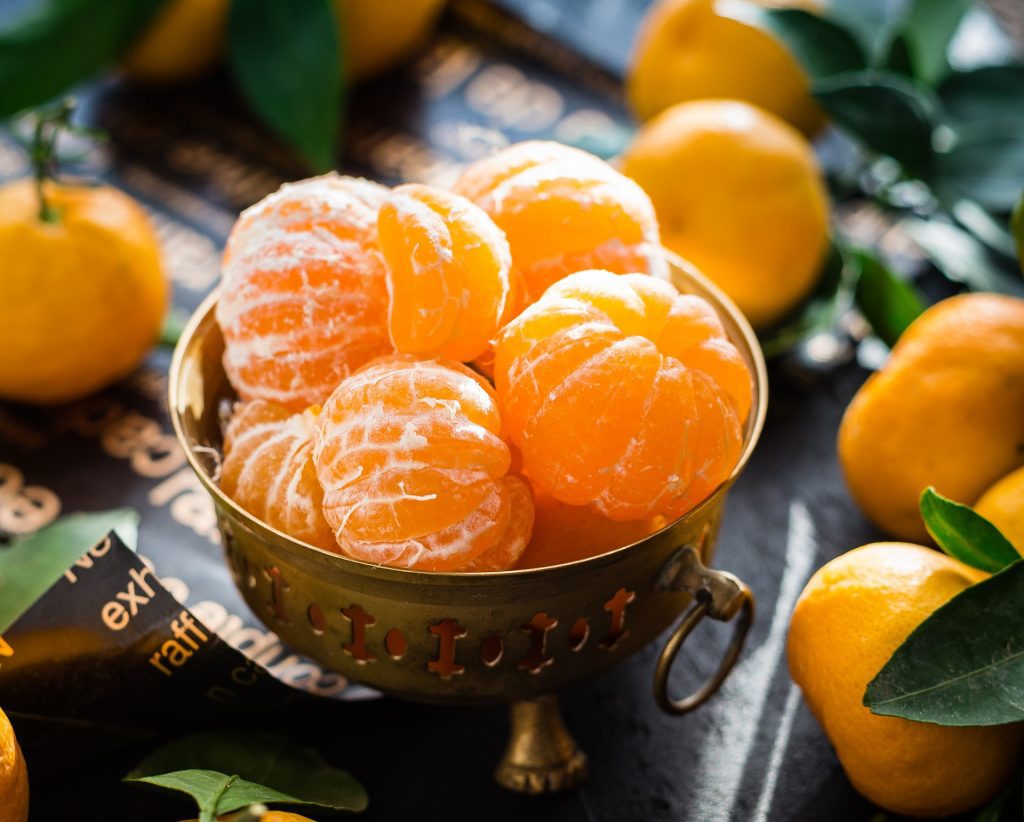
Mandarins
Ever-present at Christmas time – their peel is often used to mark off the numbers in the tombola (a sort of Italian bingo) – mandarins are one of the most popular winter fruits. Increasingly rare on market stalls, perhaps because of their seeds which some people may find annoying, they have a rather pale, orange-yellow skin, a sour flavour and an unmistakable aroma (mandarin marmalades are delicious). Besides being a palate cleanser at the end of the meal, mandarins boast many uses in the kitchen: their grated peel can be used as seasoning for veggies, and their juice to enrich white fish-based dishes or shellfish. In pastry, they make delicious compotes and add a touch of freshness to custard and fruit tarts, also in their mini version. Like other citrus fruits, it is rich in vitamin C, as well as B, A and P vitamins, and contains folic acid and various minerals, including magnesium, potassium, calcium and iron. It also contains a good amount of bromine, a substance that promotes sleep and relaxation, and is a good source of fibre, which helps regulate bowel movements.
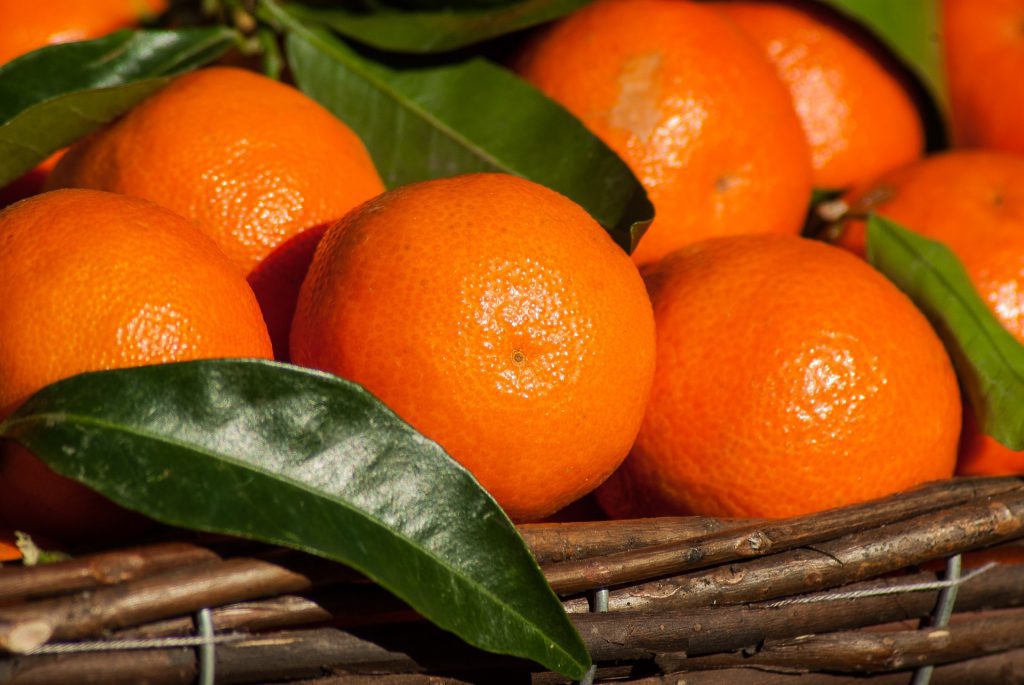
Clementines
They are still mistaken for mandarins, yet there are clear differences. Starting with the peel, mandarins have a thicker peel compared to the thinner and more flexible one of the clementines. Besides, clementine is a seedless variety and therefore a favourite of many. They are also different in taste: mandarins are slightly more sour, while clementines are similar to oranges. However, if there is one thing they have in common, it is the amount of vitamin C (needless to say, but this is the element that most distinguishes citrus fruits from other fruits). How do they originate? Legend has it that they are the result of a chance mandarin seedling in the garden of the Misserghin orphanage in Algeria. According to this hypothesis, clementines were discovered by Father Clément Rodier (hence the name) in the 1840s. This novelty was greeted with enthusiasm in Italy, where clementines immediately took root in Calabria, Apulia and Sicily. Their precise origins, however, are shrouded in mystery, with some saying that the fruit originated in Asia long before and became famous thanks to Rodier. In addition to vitamin C, clementines contain beta carotene, which provides vitamin A that with its antioxidant properties helps regulate iron intake, skin maintenance and immune system.
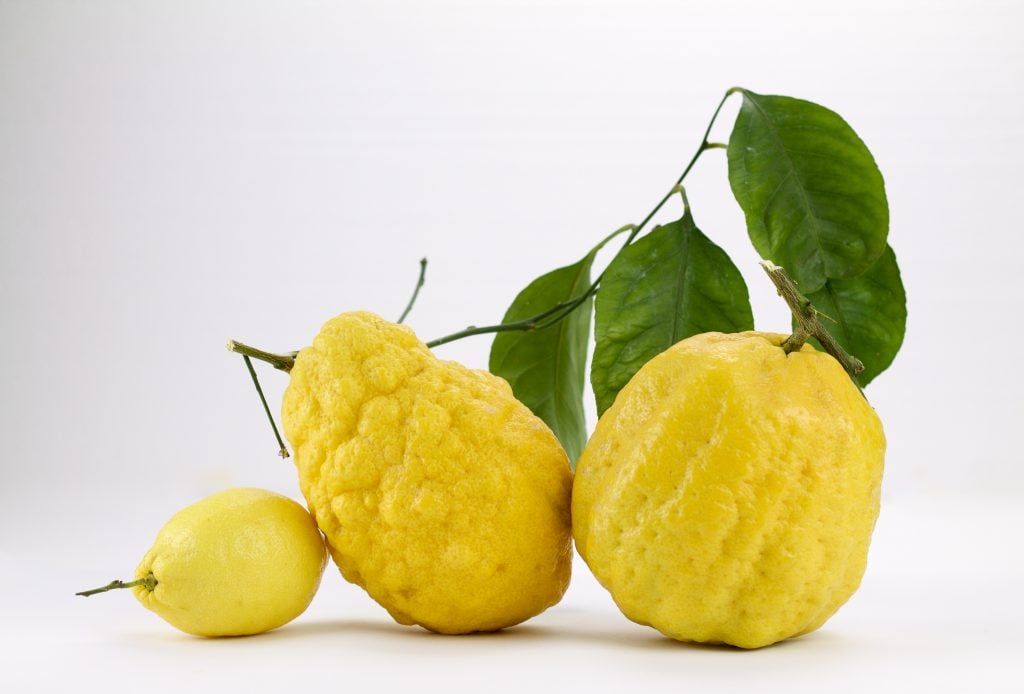
Cedars
Another ancient plant, already known at the time of the Egyptians and then spread by the Jews, who began to cultivate it first in Palestine and then in other territories. Today it is mainly used to make candied fruit, but the cedar tree was once the most valuable tree for the Jews. It was also the star of the festival of Sukkoth, also known as the festival of the huts, which commemorates the Jews' stay in the desert after the Exodus from slavery in Egypt; forty years during which they lived in makeshift shelters, mostly huts. The cedar tree was then introduced in Greece, Turkey, Albania and Corfu, and finally in Italy, where it is grown mainly in Calabria. It took it a while to be used in the kitchen: it is now used to make candied fruit or excellent liqueurs, but it can also be used to enrich salads or first and second courses. It can be used for preparing thirst-quenching drinks, creams and marmalades, while the juice is ideal for marinating meat and fish, or to make a good sorbet to enjoy at the end of a meal. In addition to vitamin C, it contains flavonoids with an antioxidant activity and digestive and antibacterial properties. It has very few calories, about 11 per 100 grams, while its essential oil is very valuable in the cosmetics industry in anti-cellulite products, soaps and shampoos.
by Michela Becchi

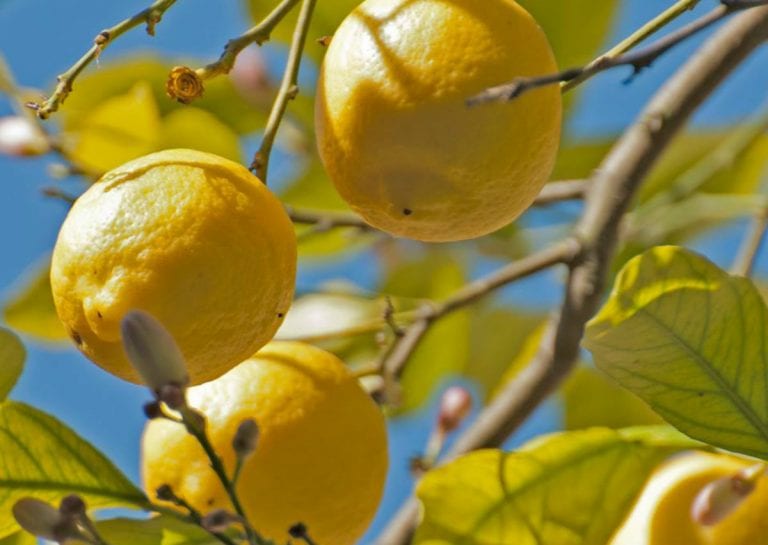
 Italian wine exports reach €5.1 billion in the first eight months of the year
Italian wine exports reach €5.1 billion in the first eight months of the year A Supertuscan takes the podium in Wine Spectator’s rankings
A Supertuscan takes the podium in Wine Spectator’s rankings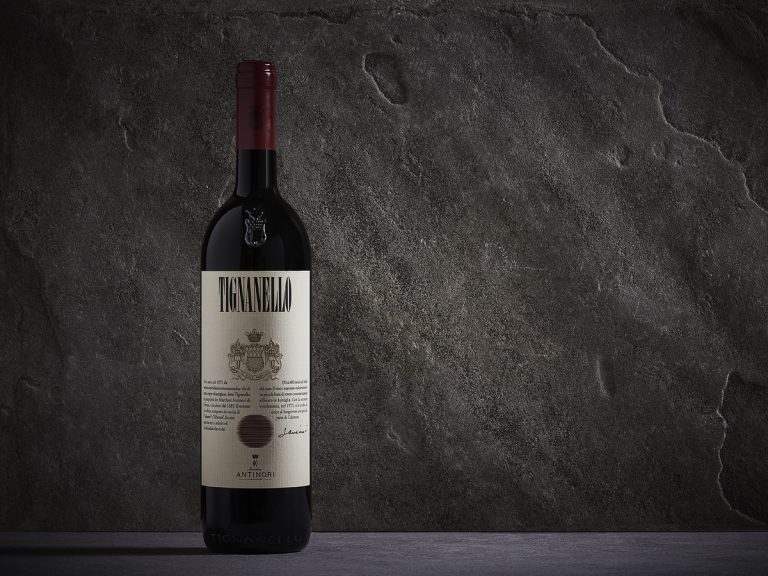 After 50 years, Tignanello still captures the spirit of the times
After 50 years, Tignanello still captures the spirit of the times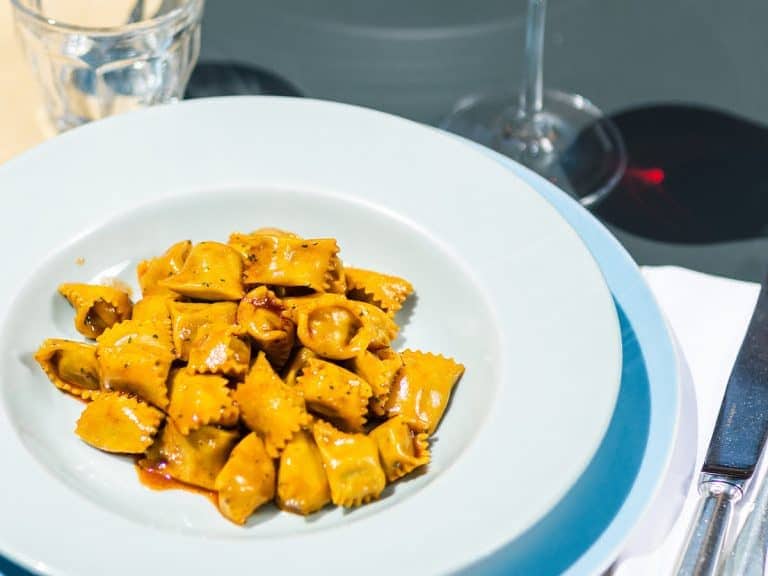 In the White Truffle Capital, one of Italy's best new trattorias (with the touch of one of Italy's top two Chefs)
In the White Truffle Capital, one of Italy's best new trattorias (with the touch of one of Italy's top two Chefs) The first Starbucks flagship store in Europe opens in the heart of Rome, featuring a dedicated Mixology Bar
The first Starbucks flagship store in Europe opens in the heart of Rome, featuring a dedicated Mixology Bar






